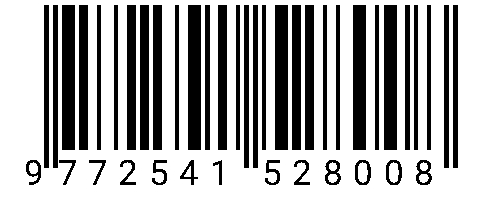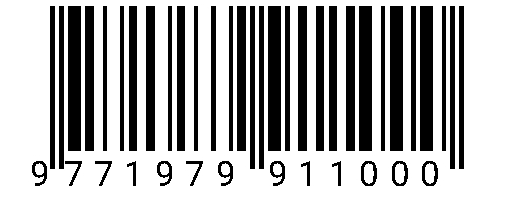UJI AKTIVITAS ANTIOKSIDAN EKSTRAK DAUN PEPAYA JEPANG (CNIDOSCOLUS ACONITIFOLIUS)
DOI:
https://doi.org/10.34151/prosidingsnast.v8i1.4157Keywords:
antioxidants,cnidoscolus aconitifolius,DPPHAbstract
Free radicals are atoms or groups that have one or more unpaired electrons. Free radicals can enter the body and then attack compounds, such as lipids, proteins so that the person has the potential to be exposed to various diseases. These free radicals can be quenched with antioxidants. Antioxidants are chemical compounds that can donate one or more electrons to free radicals. The benefits of antioxidants for the body is to protect cells from damage caused by free radicals. To get these benefits, eating foods rich in antioxidants needs to be done. One of the plants that contain antioxidants and can be consumed is Japanese papaya leaves (Cnidoscolus Aconitifolius). Japanese papaya leaves contain antioxidants such as vitamin C, alkaloids, saponins, tannins and flavonoids. Antioxidants are compounds that can inhibit oxidation reactions by binding to free radicals and molecules that are very reactive so that they are free from attacking other compounds in the body or the environment. This study aims to determine the antioxidant activity of Japanese papaya leaf extract through the free radical method DPPH (1.1 Diphenyl-2-picrylhydrazyl). The results of this study indicate that Japanese papaya leaf extract has antioxidant activity IC50 which is 909.6 ppm. The IC50 value of 909.6 ppm indicates that the Japanese papaya leaf extract is a weak antioxidant. In addition, the IC50 value states that at a concentration of 909.6 ppm Japanese papaya leaf extract, 50% radical compounds can be reduced.
Downloads
Published
Issue
Section
License
Copyright (c) 2022 Rizal Mutakin, Isma Pra Setiya, Surya Adi Ismail, Rony Pasonang Sihombing, Dhyna Analyes Trirahayu

This work is licensed under a Creative Commons Attribution 4.0 International License.







